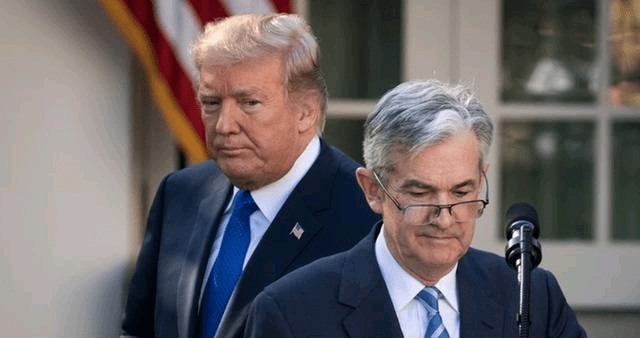Michelle Bowman, Vice Chairman of the Federal Reserve responsible for regulatory affairs, acknowledged that cryptocurrency firms have faced disruptions in banking services due to regulatory uncertainty.
On August 19, at a blockchain seminar in Wyoming, Bowman also announced a fundamental shift in the Federal Reserve's stance on blockchain innovation.
She revealed that the Federal Reserve removed the "reputational risk consideration" from banking supervision at the end of June to eliminate barriers for financial institutions providing services to legitimate digital asset companies.
This Federal Reserve official stated: "The (cryptocurrency) industry you are part of has long faced numerous obstacles due to the banking regulators adopting vague standards, issuing conflicting guidance, and providing inconsistent regulatory interpretations."
Bowman emphasized that banks should not face penalties for serving legitimate customers and pointed out that customer choice decisions "are entirely within the jurisdiction of bank management," not subject to regulatory intervention.
Furthermore, she mentioned that the Federal Reserve has shifted from an "overly cautious mindset" and is beginning to support the traditional banking system's embrace of blockchain technology.
She warned that regulators must choose between "developing a technical framework" and "allowing innovation to completely bypass banks," the latter of which could undermine the economic relevance of the banking sector.
Currently, the Federal Reserve is updating its review manual and regulatory materials to ensure the long-term implementation of the "removal of reputational risk" policy.
Bowman outlined four core principles guiding the Federal Reserve's new direction for digital asset regulation.
"Regulatory certainty" is the primary principle aimed at addressing industry concerns about the "lack of clear regulatory standards leading to hesitance in investing in blockchain development."
Bowman questioned whether companies would still choose to collaborate, knowing that working with banks would expose them to regulatory uncertainty, rather than turning to alternatives outside the banking system.
"Targeted regulation" constitutes the second principle, requiring regulators to assess application scenarios based on specific circumstances rather than regulating based on "worst-case" assumptions.
The Federal Reserve must recognize the unique differences between digital assets and traditional financial instruments while avoiding a one-size-fits-all approach that cannot address actual risk conditions.
"Consumer protection" is the third principle, ensuring that customer-facing products comply with existing consumer protection regulations, including prohibitions against unfair, fraudulent, or abusive practices.
The digital asset regulatory framework must incorporate the Bank Secrecy Act and anti-money laundering requirements while maintaining the safety and soundness standards of banks.
"American competitiveness" forms the final component of the framework, aiming to position the U.S. as the global leading destination for innovation. Bowman cautioned that without establishing a reasonable regulatory framework, the U.S.'s long-standing leadership in fintech development may be at risk.
Bowman announced that the Federal Reserve's "innovative regulation" efforts will be reintegrated into the Reserve Bank review team, restoring the regular regulatory processes for banking innovation activities.
She proposed allowing Federal Reserve staff to hold a small amount of digital assets to gain a deeper understanding of blockchain's operational mechanisms, likening this necessity to practical learning rather than theoretical learning.
Editorial Note: This marks a stark shift from the previous stance of the U.S. government, particularly that of former SEC Chairman Gary Gensler. Gensler had taught university-level blockchain courses at MIT but acknowledged that he has never held any digital assets and has never personally executed any trades, meaning he has never engaged with blockchain using his own funds.
The Federal Reserve recognizes that tokenization helps accelerate the transfer of asset ownership while reducing transaction costs and settlement risks. Bowman noted that banks of all sizes, including community institutions, can benefit from the efficiency gains brought by asset tokenization.
Additionally, she stressed that the passage of the (GENIUS Act) with the president's signature has positioned stablecoins as an important component of the financial system, which has profound implications for traditional payment channels.
Bowman urged industry participation to help regulators understand the capability of blockchain to solve more problems beyond existing application scenarios.
She specifically requested the industry to provide insights on how to leverage new technologies to combat fraud, viewing it as an important opportunity for collaboration between the Federal Reserve and the digital asset space.
Bowman concluded: In the process of building a more modern and efficient financial system, innovation and regulation complement each other rather than oppose one another.


